What is Direct Heat Grilling? Pros, Cons, and Best Meats
The satisfying sizzle of a steak hitting a hot grill, the char marks left behind, and the rich, smoky aroma—this is the quintessential experience of direct heat grilling. It is the most fundamental, oldest, and simplest form of cooking with fire: placing food directly over the heat source. For anyone starting their journey into backyard barbecue, mastering this method is the first and most crucial step.
At The Meat Master, we believe every cookout, big or small, deserves a master’s touch. Here is your guide to understanding direct heat grilling.
What is Direct Heat Grilling?
The principle of direct heat grilling is straightforward: the food is positioned on the grill grates directly above the flame or hot coals. The cooking is done primarily through radiant heat, which means the high-intensity heat from the fire is directly hitting the surface of your food. This method is all about high temperatures and fast cooking, making it perfect for items that don’t require a long time to cook through.
Pros of Direct Heat Grilling
- Speed: Direct heat is the fastest way to cook. It’s ideal for quick weeknight dinners and meals that need to be ready in minutes, not hours.
- Superior Searing: The intense heat creates a fantastic crust on the outside of the meat through the Maillard reaction, which is the chemical process that gives seared food its complex, savory flavor.
- Smoky Flavor: When fat and juices drip from the food onto the hot coals or burners, they instantly vaporize, creating smoky steam that rises and infuses the food with that classic, rich barbecue flavor.
- Simplicity: This is the most intuitive grilling method. It requires minimal setup and is easy for beginners to grasp and master.
Cons of Direct Heat Grilling
- High Risk of Burning: The same intense heat that creates a great sear can quickly turn your meal into a charred disaster if you aren’t paying attention. It’s easy to burn the outside of thicker foods before the inside is cooked.
- Less Temperature Control: Maintaining a precise, low temperature is difficult with direct heat. The temperature is often high and fluctuates, which makes it unsuitable for long cooks.
- Limited Versatility: This method is not suitable for large, tough cuts of meat that need time for connective tissue to break down. Cuts like brisket or pork shoulder will simply burn on the outside without becoming tender on the inside. For those cuts, you’ll need a different technique like indirect heat grilling.
Best Meats for Direct Heat Grilling
Because of the fast cooking time and high heat, direct grilling is best for cuts of meat that are naturally tender and relatively thin.
- Steaks: Most of your favorite steak cuts are perfect for this method. Thin cuts like Ribeye, New York Strip, and Flank Steak get a fantastic sear in just minutes per side. For a deeper dive into which cuts work best, check out our guide on the Best Steak Cuts for Grilling.
- Burgers and Sausages: These are classic direct-heat foods that cook quickly and develop a great char.
- Pork Chops: Thin-cut bone-in or boneless pork chops are excellent for a quick sear.
- Chicken: Boneless, skinless chicken breasts and thighs work well, but you need to manage them carefully to prevent them from drying out.
- Seafood: Shrimp, scallops, and firm fish fillets like salmon or swordfish cook beautifully with direct heat.
Pro Tips for Direct Heat Grilling
- Use a Two-Zone Fire: This is the most important technique for a successful direct-heat cook. Set up your grill with one side for direct heat (hot coals or burners on high) and the other side for indirect heat. This creates a “safe zone” where you can move food if it starts to cook too fast. For a full guide on this essential technique, see our post on Two-Zone Grilling Techniques Explained.
- Clean and Oil the Grates: A hot, clean, and oiled grate is a must to prevent food from sticking.
- Don’t Overwork the Food: Avoid pressing down on burgers or flipping steaks too frequently. Let the grill do its job.
Direct heat grilling is a fundamental skill that every backyard cook should master. It’s the perfect method for quick, high-heat cooking where a great sear and a classic smoky flavor are the goals.

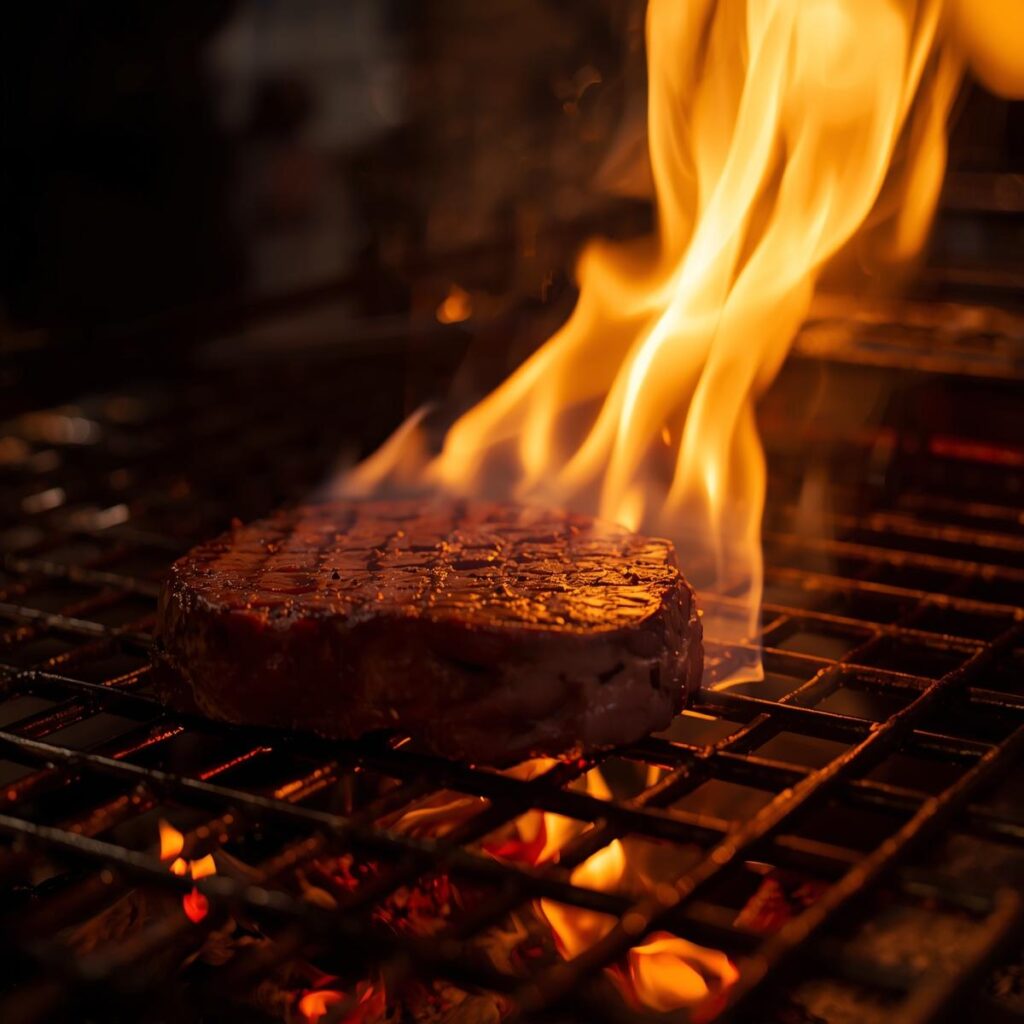

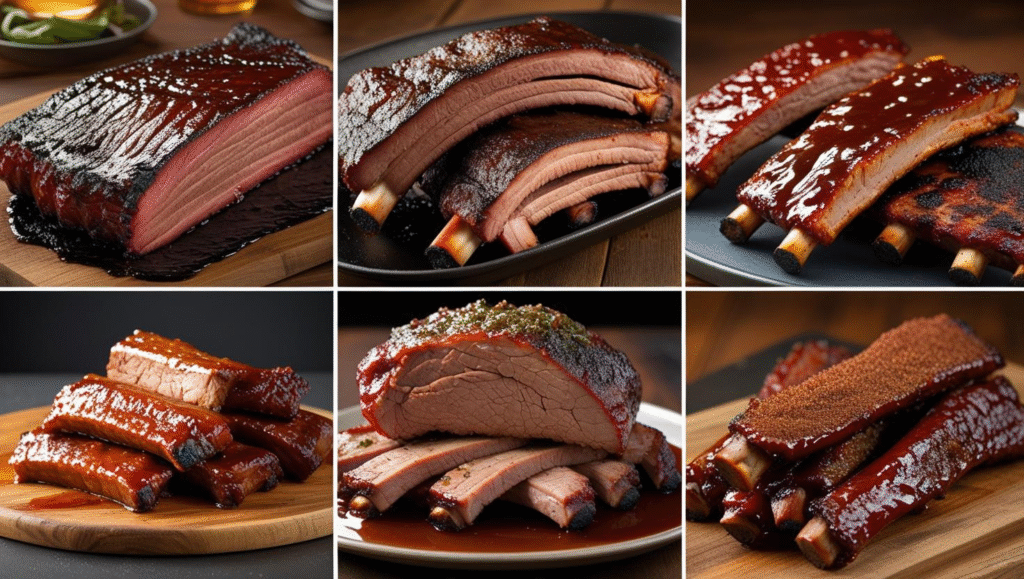
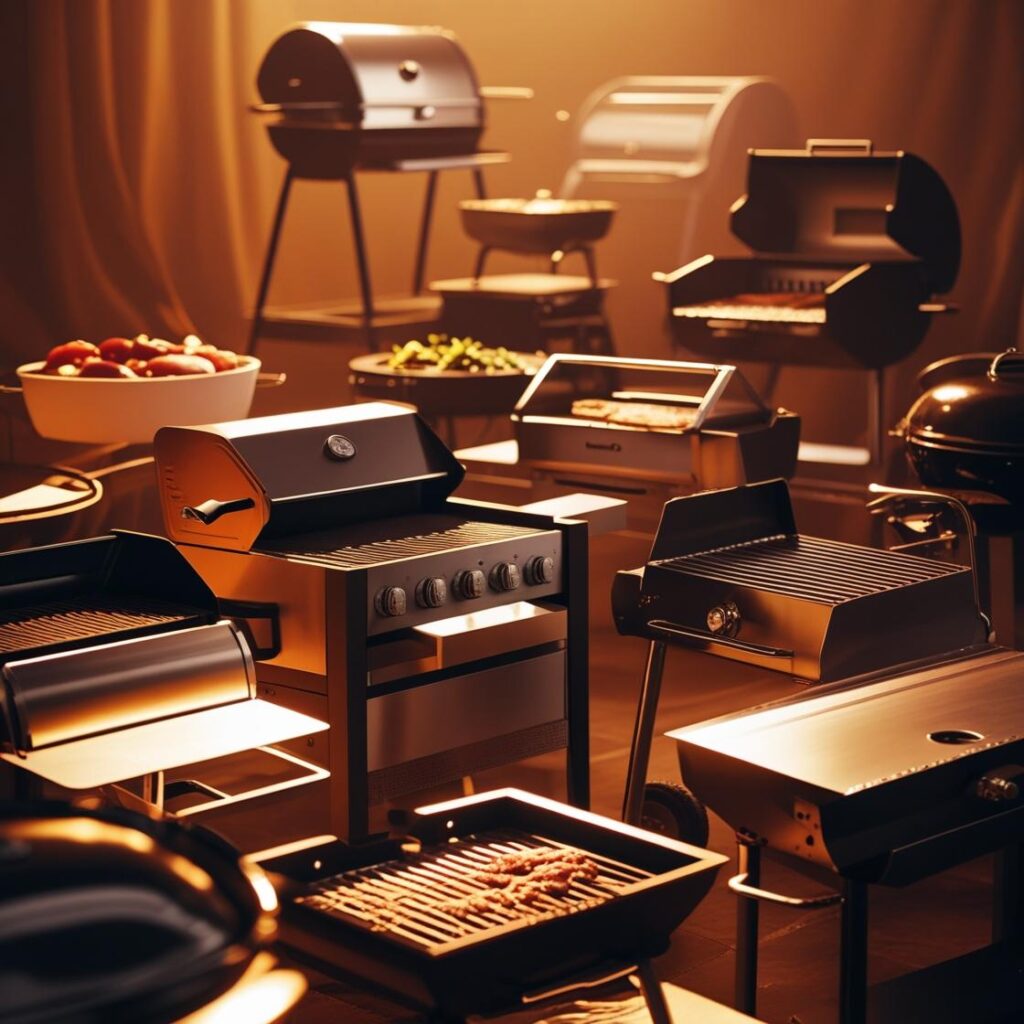
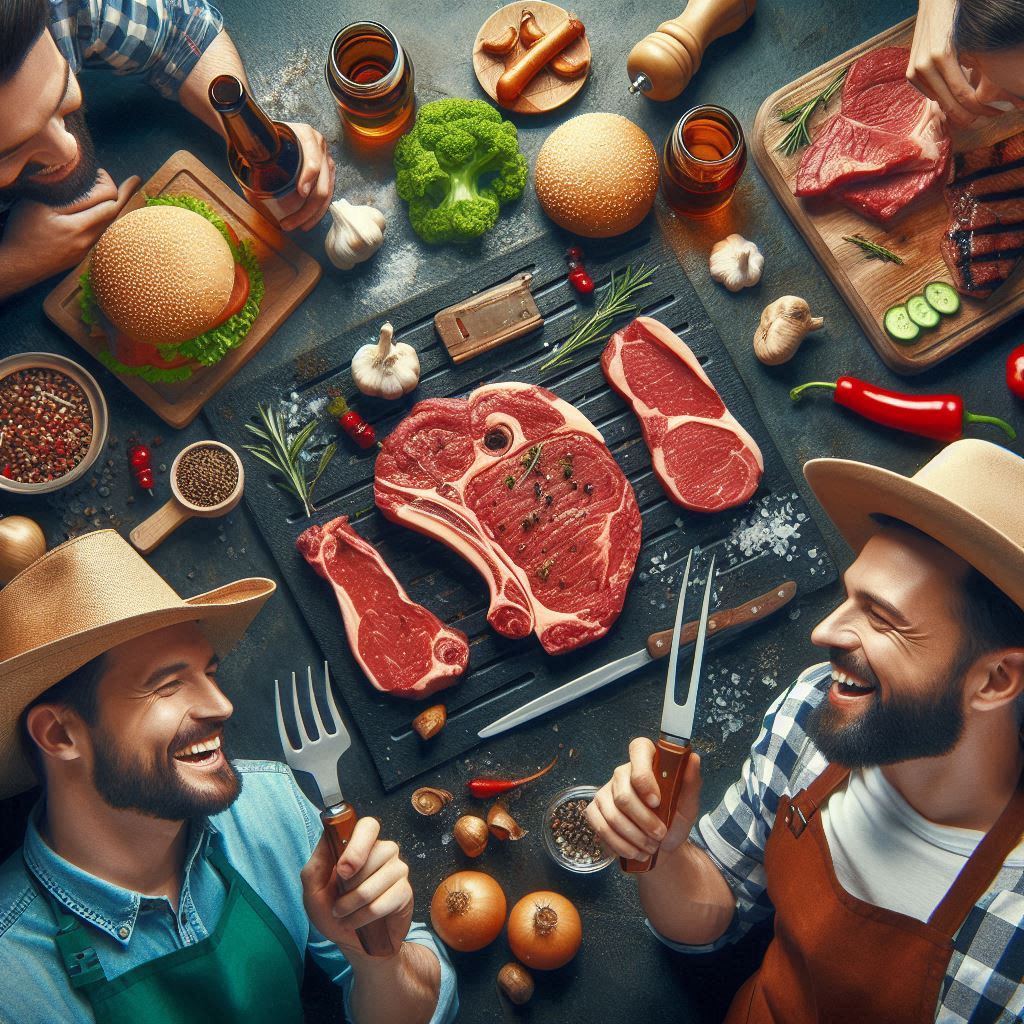
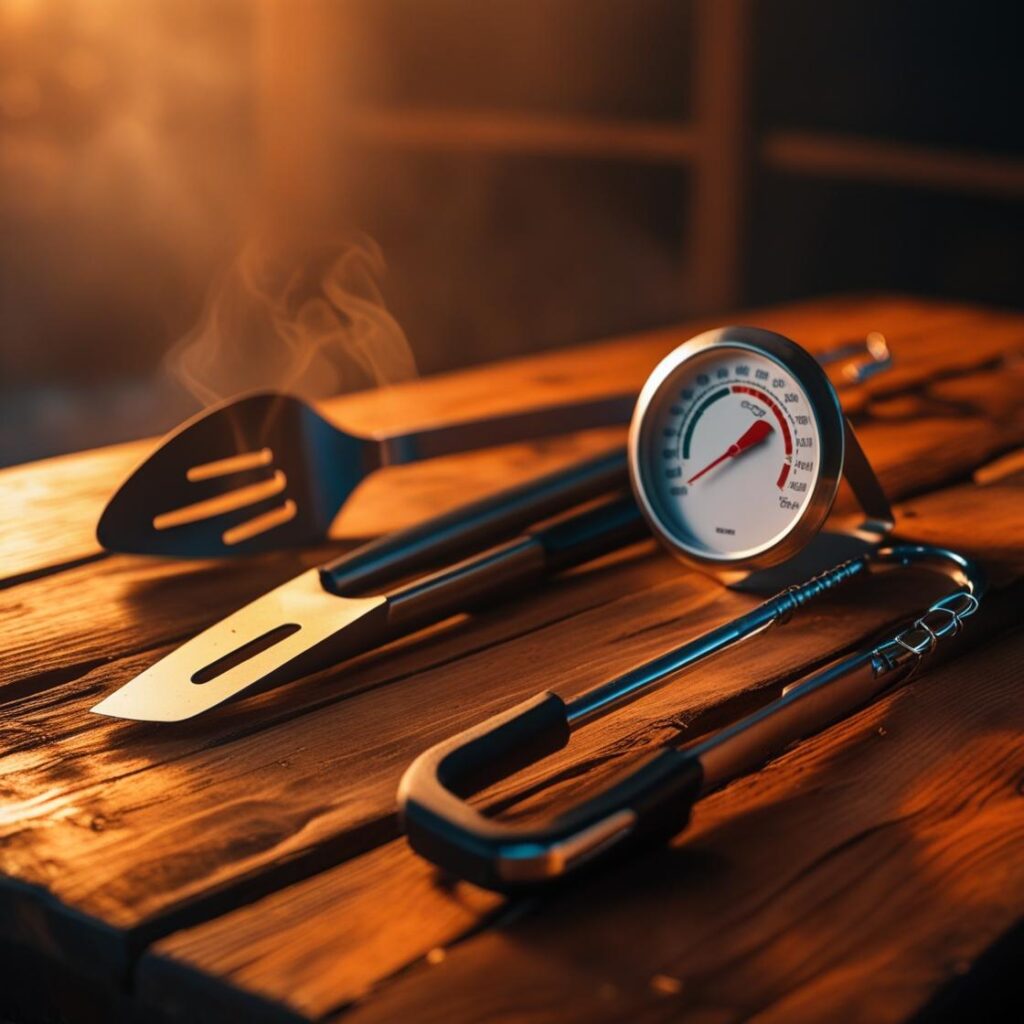
Pingback: Gas vs Charcoal Grill: Which Should You Choose?
Pingback: BBQ Grilling vs Smoking: Key Differences and When to Use Each Method [2025] an excellent ultimate guide.
Pingback: The Juiciest Pork Cuts for Smoking and Grilling - The Meat Master USA
Pingback: The Ultimate Ribeye Guide | Tips, Temperatures, & Recipes - The Meat Master USA
Pingback: Filet Mignon: The Ultimate Guide to the Most Tender Steak - The Meat Master USA
Pingback: Picanha Steak: The Ultimate Guide to Brazil's Favorite Cut (2026)
Pingback: Steak 2026: The Ultimate Guide to Cuts, Trends, and BBQ Perfection
Pingback: Grilling Tips: How to Grill Perfect Steak Every Time (A Pro Guide)
Pingback: Brazilian BBQ Cuts Explained: Steak and Meat Guide | The Ultimate Guide 2025/26